Camellia in full sun
gigim
10 years ago
Related Stories
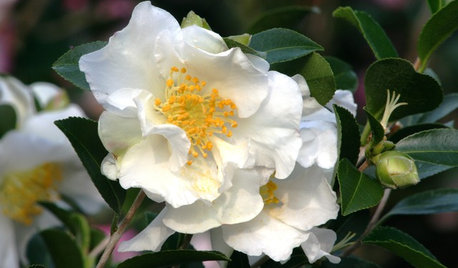
FLOWERSGreat Design Plant: Sasanqua Camellia
Pretty fall flowers belie this plant's hardworking nature and relative tough attitude toward disease
Full Story
GARDENING GUIDES10 Drought-Tolerant Shrubs That Thrive in Full Sun and Reflected Heat
Got a hot spot in your garden where plants often die? Try these tough shrubs that add beauty while shrugging off the heat
Full Story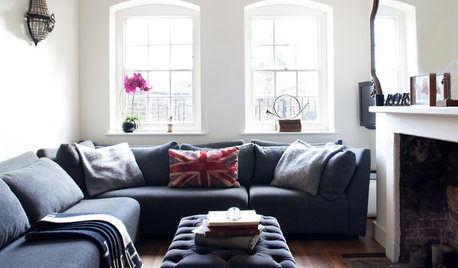
DECORATING GUIDESHow to Use Full-Scale Decor to Make a Small Space Feel Bigger
With a less-is-more approach, even oversize furnishings can help a compact area seem roomier
Full Story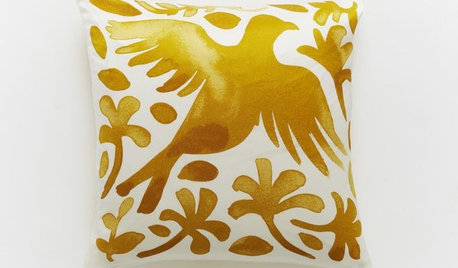
PRODUCT PICKSGuest Picks: 20 Full-of-Character Furnishings With Global Flair
Layer furniture, accessories and textiles with a worldly appeal to tell your own one-of-a-kind story
Full Story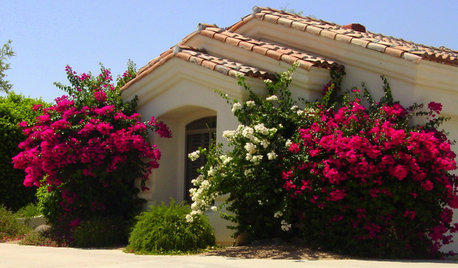
LANDSCAPE DESIGNGreat Design Plant: Sun-Loving Bougainvillea Showers Yards With Color
Bring unbeatable vibrancy to a garden or wall with this unfussy and trainable shrub packed with colorful bracts
Full Story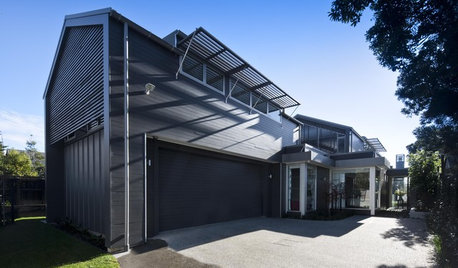
ARCHITECTUREShade in Summer, Sun in Winter
Louvered sunshades filter light when it's hot, let it in when it's not
Full Story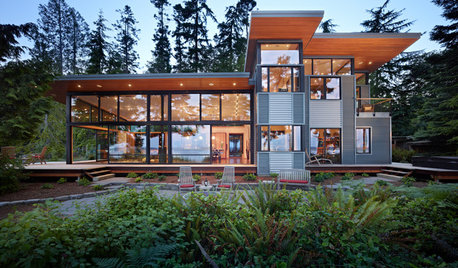
ARCHITECTUREWhat You Must Know About the Sun and Your Home
Learn about the powerful effects of sunlight on house materials and more, and see 7 homes that address the sun's rays beautifully
Full Story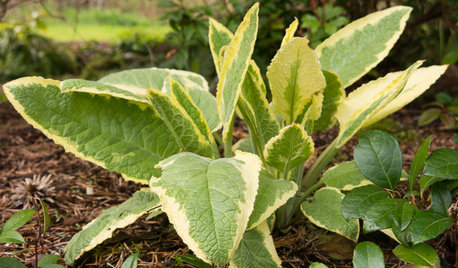
GARDENING GUIDESGreat Design Plant: Axminster Gold Comfrey for Sun or Shade
Plant this perennial for bold color that will light up shady spots, sparkle in the sun and add interest from spring until fall
Full Story
PLANTING IDEASGreat Garden Combo: 5 High-Intensity Plants for High-Intensity Sun
Blend bold foliage and flowers to create a powerful combination that will hold its own even in the harsh light of midsummer
Full Story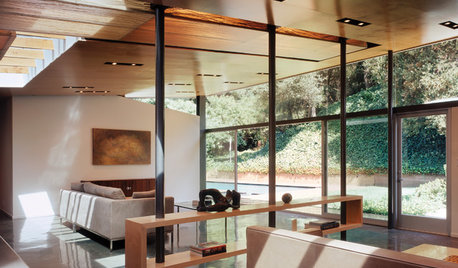
GREEN BUILDINGLook to the Sun for More of Your Home's Lighting
Manage sunlight with design-savvy windows, solar tubes and skylights to save energy and show your home's beauty
Full Story






Vicissitudezz
hoovb zone 9 sunset 23
Related Professionals
Comstock Park Landscape Architects & Landscape Designers · Beavercreek Landscape Architects & Landscape Designers · Oconomowoc Landscape Architects & Landscape Designers · Waunakee Landscape Architects & Landscape Designers · Berkley Landscape Contractors · Damascus Landscape Contractors · Fair Lawn Landscape Contractors · Fair Oaks Landscape Contractors · Milton Landscape Contractors · Riverview Landscape Contractors · West Orange Landscape Contractors · Ferguson Landscape Contractors · League City Swimming Pool Builders · San Dimas Swimming Pool Builders · Summerlin South Swimming Pool BuildersLidror L’Chaim
luis_pr